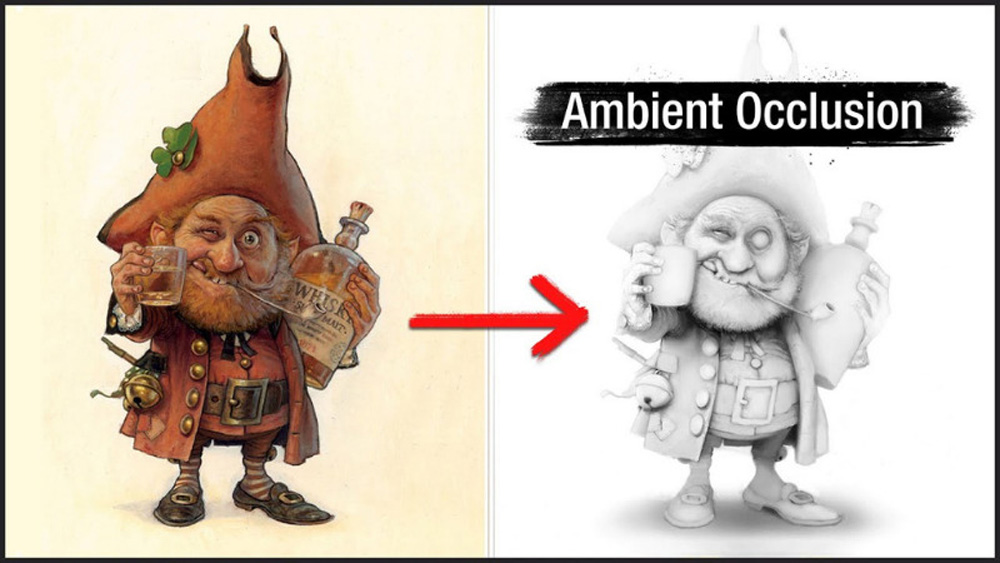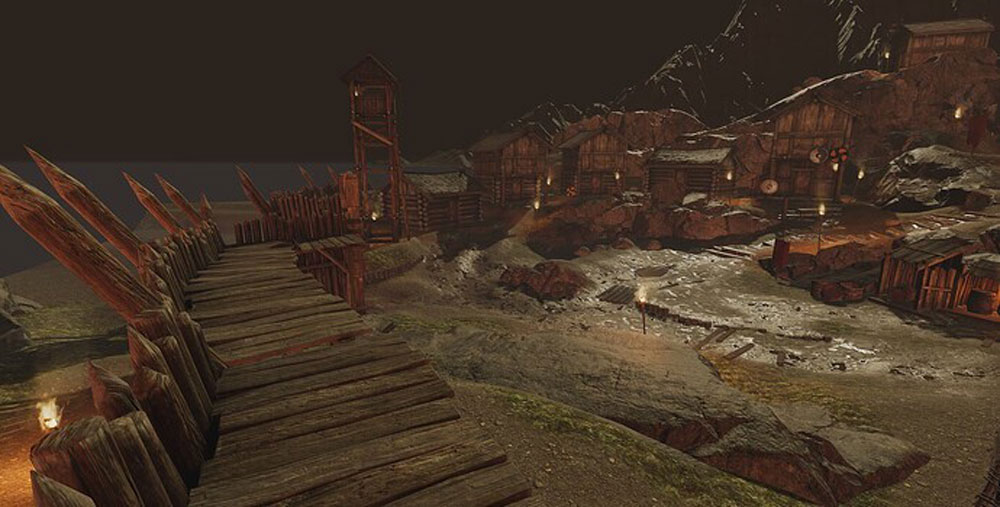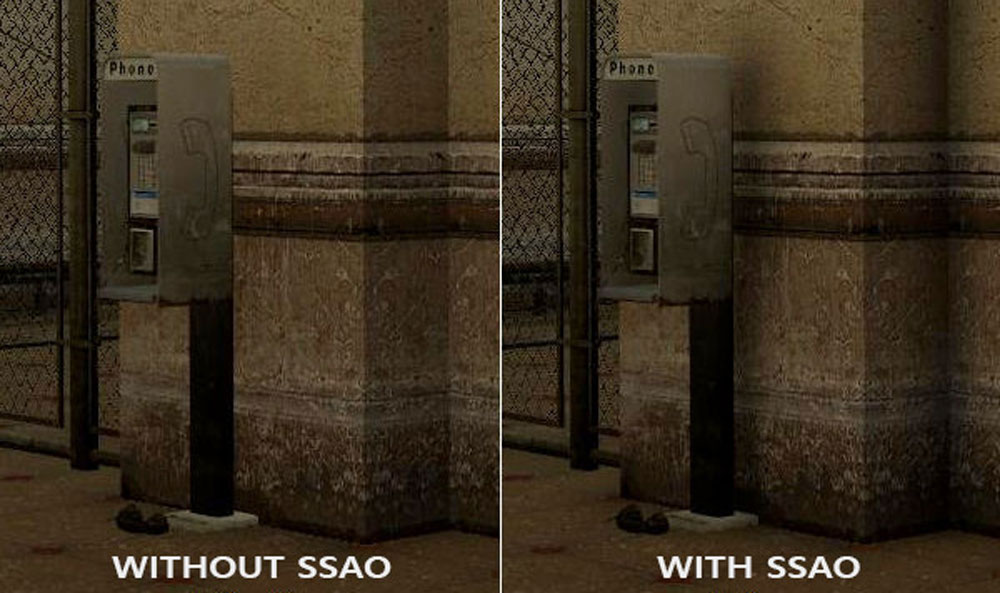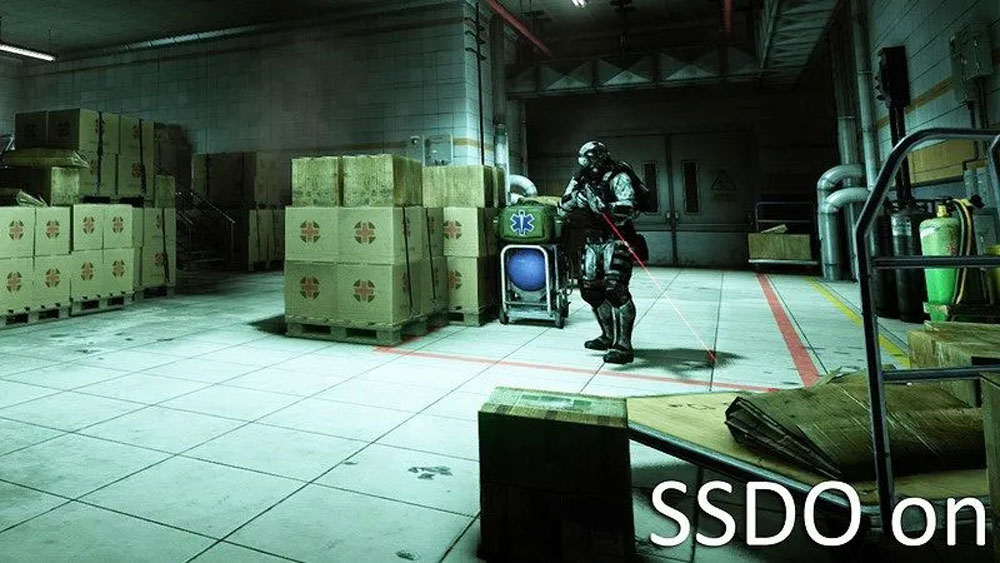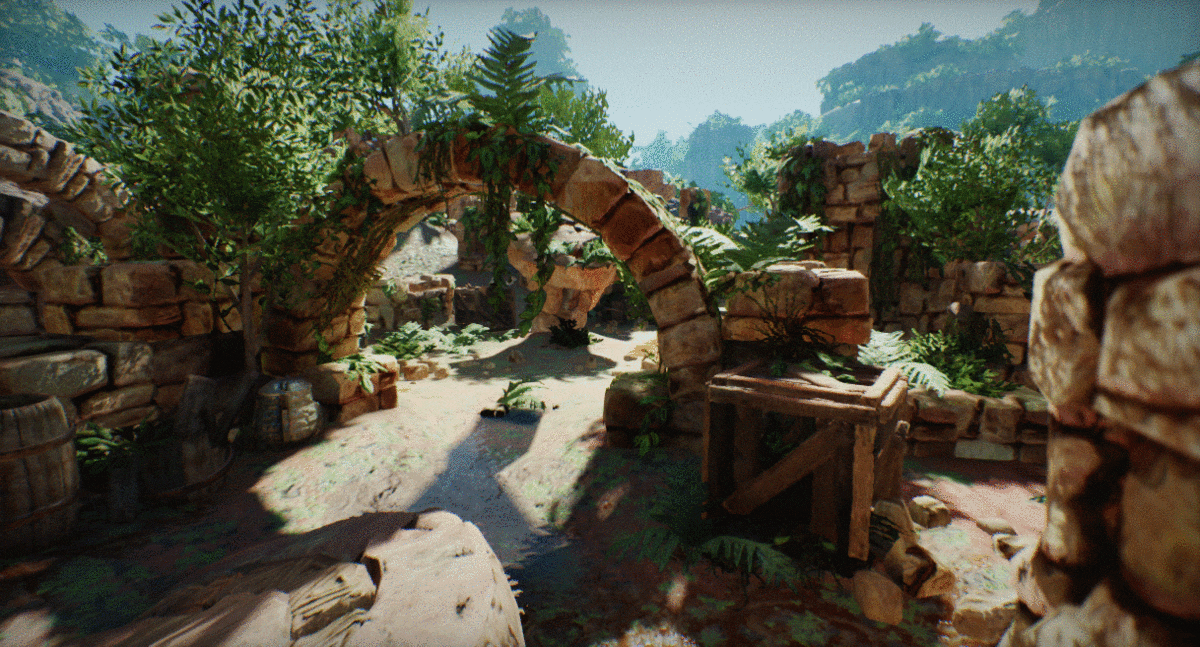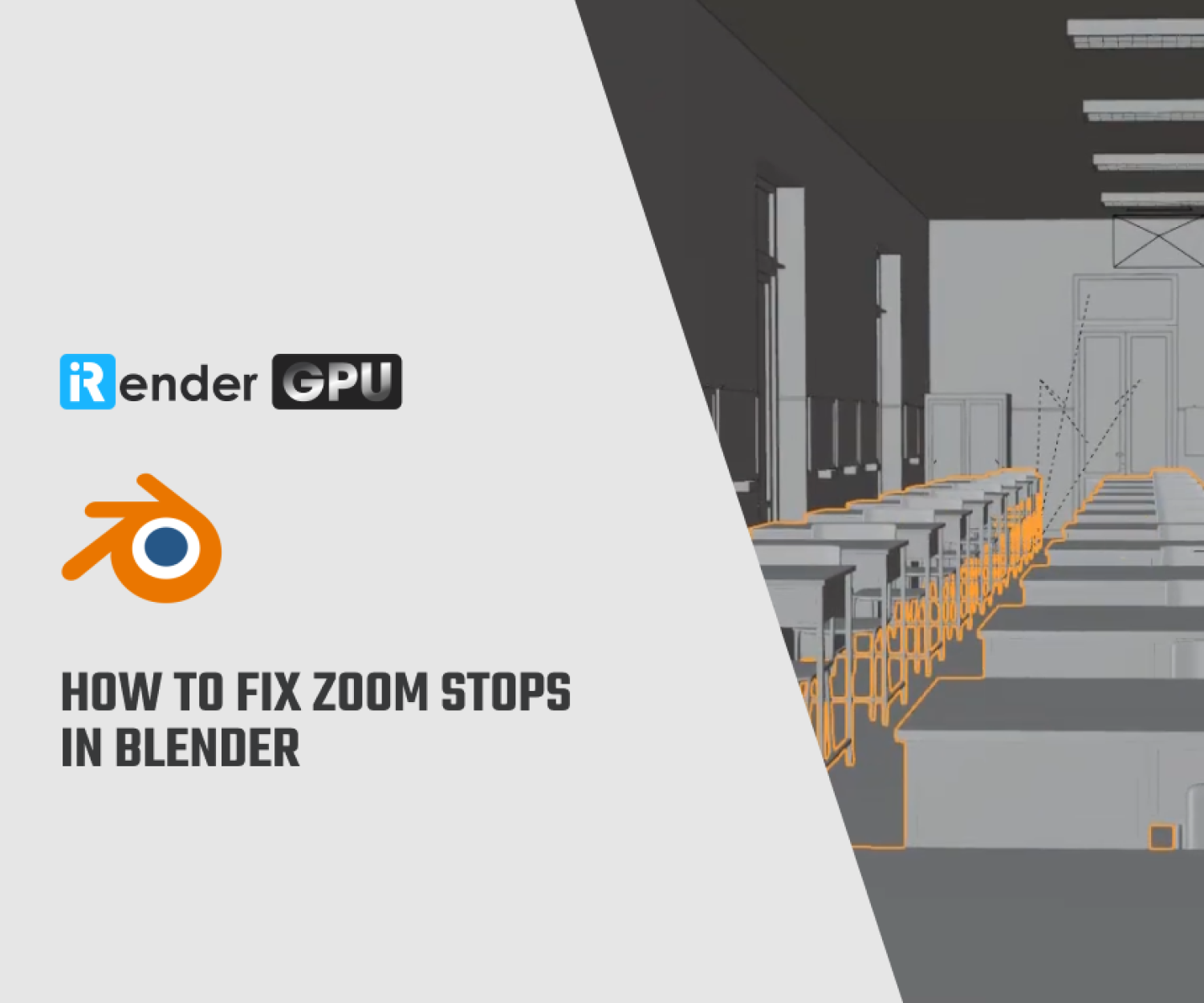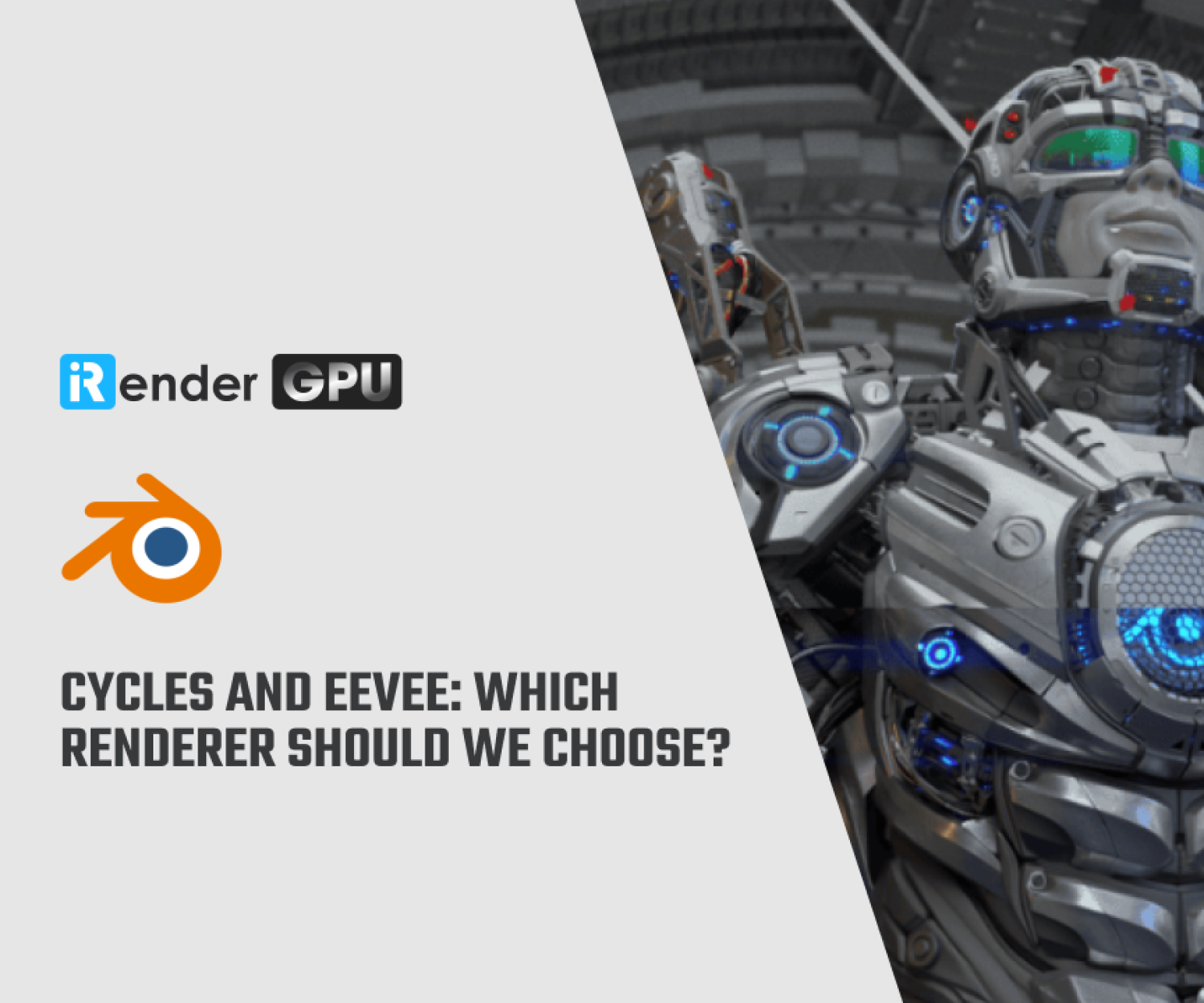Ambient Occlusion - A Special Role in Game Design
Ambient Occlusion (AO) plays a vital role in enhancing visual realism in game design by simulating how light interacts with objects in a scene. This shading technique accounts for the occlusion of ambient light, which is the indirect light that fills an environment, creating depth and richness in the rendered images.
As game designers increasingly strive for photorealism and engaging environments, the implementation of AO helps to define contours and enhance the interplay of light and shadow, ultimately contributing to a more captivating gaming experience. This subtle yet effective technique elevates the overall aesthetic quality and aids players in navigating and understanding the 3D space, reinforcing the importance of Ambient Occlusion in modern game development.
Let’s deep dive into this blog today!
What is Ambient Occlusion?
Ambient Occlusion can be simply understood as a graphic technique built on the contrast between light and shadow. This technique creates a 3D environment for the game by adjusting the amount of light for each object in the game.
Ambient Occlusion was first used in the field of game design when it appeared with the famous video game Crysis. The shadow effect of this technique has helped improve the image quality of the video game industry, creating an extremely realistic and vivid graphic world.
How Ambient Occlusion Works?
Image Source: Unity Discussions
Ambient Occlusion (AO) is a shading technique used in 3D rendering to enhance the perception of depth and detail in a scene by simulating how ambient light interacts with surfaces. It operates on the principle that certain areas in a scene are less exposed to incoming light due to the proximity of nearby objects. These occluded areas, which often include creases, corners, and intricate details, are rendered darker, creating a sense of depth and realism.
The process of calculating Ambient Occlusion typically involves ray tracing. In this method, the renderer casts rays from a given point on a surface in various directions. These rays are used to determine how many other surfaces are nearby that could block ambient light from reaching that point. If many rays are obstructed by nearby geometry, the AO effect will be stronger, resulting in a darker shading at that location. Conversely, if the rays have a clear path and are less obstructed, the AO effect will be weaker, allowing more light to reach the surface, which keeps it brighter. This technique effectively creates a gradient of shading based on the environment’s geometry.
Ambient Occlusion can be computed in various ways, including screen space ambient occlusion (SSAO), which approximates AO in screen space during rendering, and baked ambient occlusion where AO information is pre-calculated and stored in texture maps. Baked AO is often used in static scenes or objects, providing a lightweight solution for achieving realistic shading without the need for real-time computations. While SSAO is more dynamic, allowing for varied light conditions, it can be computationally intensive.
The Role of Ambient Occlusion in Game Design
Image Source: PCGamingWiki PCGW Community
Ambient Occlusion has brought a new breakthrough to the gaming industry, with the role of helping the game’s graphic interface become more realistic and creating a vivid scene in the game. Bringing a better experience to gamers, especially for games with high graphics, and beautiful 3D scenes.
Shadows in games can be created easily with modern graphics cards. Understanding that Ambient Occlusion technology is increasingly being developed more strongly by gaming companies such as Nvidia and AMD. To be able to experience this technology best, gamers should equip themselves with a dedicated graphics card and a modern PC. The future of Ambient Occlusion is extremely open, promising to bring to the gaming world breakthroughs in image quality, making the gaming experience truly different. Ambient occlusion can contribute to performance optimization in game design. Techniques like baking AO into textures allow developers to pre-compute the occlusion effects, reducing the processing load during gameplay. This approach is particularly useful for static objects or environments that do not change frequently, allowing for richer visual details without incurring significant real-time rendering costs.
Classification of Ambient occlusion
Screen Space Ambient Occlusion (SSAO)
Image Source: Learn OpenGL
Screen Space Ambient Occlusion (SSAO) is a technique used in computer graphics, particularly in real-time rendering for video games, to simulate the effects of ambient occlusion in a way that is efficient and visually effective. Unlike traditional ambient occlusion methods, which require complex calculations based on entire scene geometry, SSAO works directly with the rendered image, allowing it to be applied in real-time without the need to pre-compute light interactions.
One of the main advantages of SSAO is its ability to produce relatively accurate ambient occlusion effects quickly, allowing it to be integrated seamlessly into real-time graphics engines. The special feature of SSAO is that it does not put too much pressure on the CPU, thereby helping players to play games more smoothly while still ensuring beautiful graphics.
Screen Space Directional Occlusion (SSDO)
Screen Space Directional Occlusion (SSDO) is an advanced graphical technique that builds upon the principles of Screen Space Ambient Occlusion (SSAO) by taking into account directional lighting. It enhances the realism of scenes in real-time rendering, particularly in video games, by simulating how light interacts with surfaces from various directions, resulting in more natural and accurate shading effects.
While SSAO primarily focuses on estimating the occlusion of ambient light around a point based solely on depth, SSDO incorporates information about the directionality of light sources, allowing for more nuanced and dynamic interactions between light and surfaces. This means that SSDO can simulate how objects block not only ambient light but also light coming from specific directions, creating more intricate shadow details.
SSDO operates similarly to SSAO but uses additional vector data to determine the direction of light at various points in the scene. By assessing the spatial layout and depth information of surrounding pixels, SSDO calculates how much light is obscured based on both depth and direction. The algorithm applies this information to adjust the brightness of pixels accordingly, creating more realistic shading that considers the angles at which light strikes surfaces.
Global Illumination (GI)
Global Illumination (GI) is a comprehensive rendering technique used in computer graphics to simulate the way light interacts with surfaces in a scene in a more realistic manner than traditional rendering methods. Unlike local illumination models that consider only direct lighting from a light source, global illumination takes into account both direct and indirect light. This means that it calculates how light bounces off surfaces before reaching the viewer.
The core idea of global illumination is to account for the complex interplay of light as it interacts with various materials in an environment. When light hits a surface, it can reflect, refract, or scatter in different directions. This bouncing light can illuminate other surfaces, contributing to the overall lighting of the scene. For example, sunlight reflecting off a wall can illuminate the floor, and colors can blend and influence each other, creating subtle variations in shading. GI will still show shadows and adjust the brightness of objects even when they are not on the game screen. However, in reality, GI is used more in movies than games.
Voxel Accelerated Ambient Occlusion (VXAO)
Image Source: NVIDIA
Voxel Accelerated Ambient Occlusion (VXAO) is a sophisticated rendering technique used to enhance the efficiency and quality of ambient occlusion calculations in 3D graphics. It represents an evolution of traditional ambient occlusion methods, designed to address the challenges of accurately simulating how light interacts with complex geometry in real-time applications, such as video games.
The fundamental principle behind VXAO is the use of voxel representations of scenes to accelerate the ambient occlusion calculations. Voxels, or volumetric pixels, are 3D pixels that represent density or color information in a three-dimensional grid. By converting the scene geometry into a voxel representation, VXAO can provide a structured approach to analyze and calculate how ambient light is occluded by objects in the environment more efficiently than traditional pixel-based methods like Screen Space Ambient Occlusion (SSAO).
Conclusion
Ambient occlusion plays a crucial role in game design by enhancing the visual depth and realism of 3D environments. By simulating the way light interacts with surfaces and creating nuanced shading effects, ambient occlusion helps to ground objects within their surroundings, allowing players to perceive spatial relationships better and navigate immersive game worlds. Techniques such as SSAO, SSDO, and VXAO further expand the capabilities of ambient occlusion, providing developers with tools to balance visual fidelity and performance efficiently. As a result, the effective implementation of ambient occlusion not only enriches the aesthetic experience but also significantly enhances player engagement and emotional connection to the virtual environment, making it an indispensable element in modern game design.
Leverage the power of iRender Farm to make Ambient Occlusion
First and foremost, at iRender, we specialize in providing high-end servers to meet the demands of your most complex projects. Our cutting-edge infrastructure is equipped with powerful AMD Ryzen™ Threadripper™ PRO processors, including the 3955WX with clock speeds ranging from 3.9 to 4.2GHz, and the 5975WX operating at 3.6 to 4.5GHz. Each server is further enhanced with 256GB of RAM and a 2TB NVMe SSD, ensuring that you have the performance and storage capacity needed for resource-intensive applications. Whether you are engaged in architectural visualization, animation, or any other 3D rendering tasks, iRender offers the reliability and speed required to accelerate your workflow and bring your creative vision to life.
You can check all our servers with their configurations here and watch some of our test videos on RTX 4090 card:
Enjoy our high-end GPU now and boost your multiple GPUs rendering now! If you have any comments about our article, please do not hesitate to reach us at [email protected] or Whatsapp: +(84) 916017116.
iRender – Happy Rendering!
Related Posts
The latest creative news from Blender Cloud Rendering, Redshift Cloud Rendering, Houdini Cloud Rendering , Octane Cloud Rendering, 3D VFX Plugins & Cloud Rendering.

